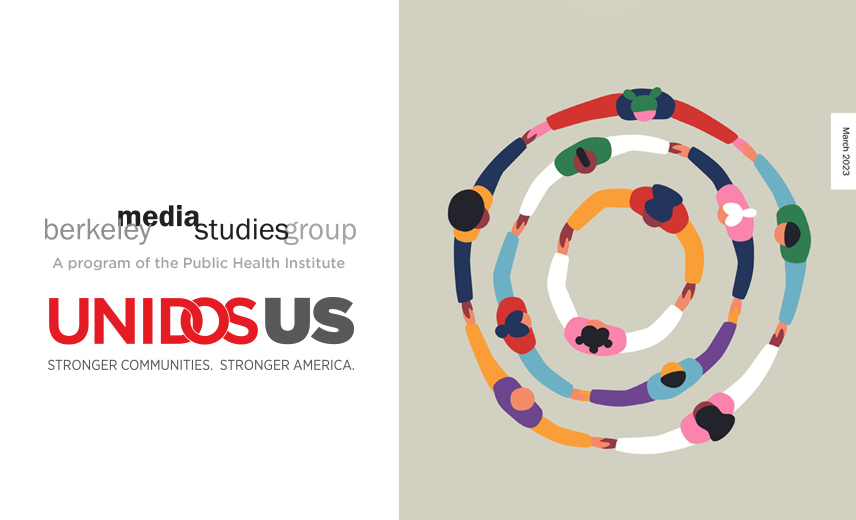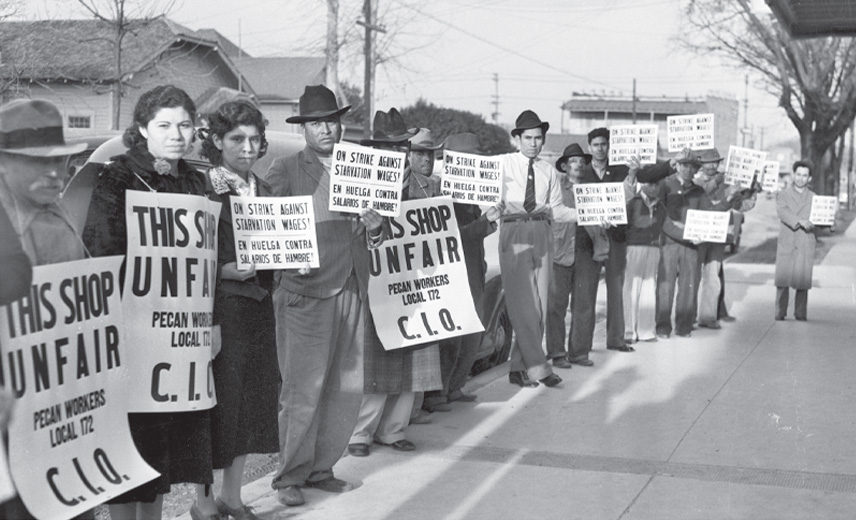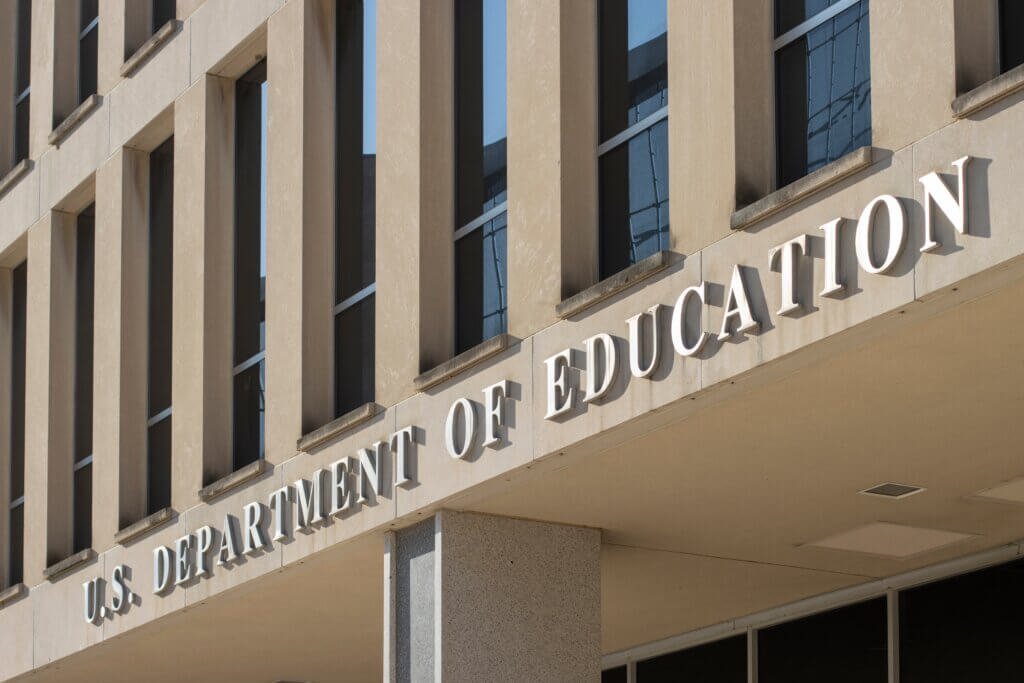Analyzing Inclusion of Latino Contributions in U.S. History Curricula for High School

The Johns Hopkins Institute for Education Policy (the Institute) and UnidosUS, designed a project to better understand the representation of Latinos in U.S. History textbooks for high school.
Recent years have brought increased awareness that students learn best when they see themselves reflected in curricular materials and classroom instruction. Learning about the experiences and contributions of diverse groups of people has pronounced benefits for all students, as well.
This study comes at a fraught time in U.S. education and, indeed, in the country’s political space more broadly. This contentious context makes raising the question of content and inclusion risky—but even more urgent.
This project is only the beginning, but there are concrete steps that various actors in the educational system should take right now. Perhaps the most important is the acknowledgement by the educational system, writ large, that current Latino-focused content in history and social studies textbooks—and by implication curricula—fall far short of what should be required in a country where the proportion of the Hispanic population is expected to grow to 29% by 2050.
unidosus_johnshopkins_analyzinginclusionoflatinocontributionsinushistorycurriculaforhighschools.pdf






